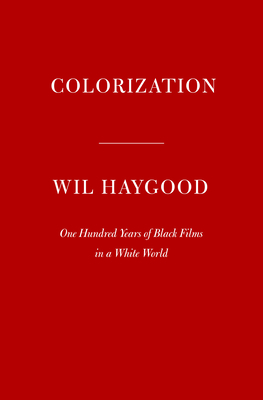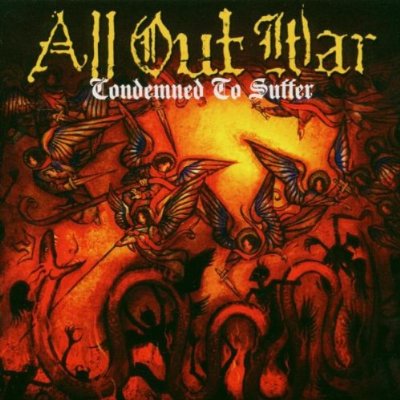
Dodds, George
Essays on the changing relationship of the human body and architecture.
Since Greek antiquity, the human body has been regarded as a microcosm of universal harmony. In this book, an international group of architects, architectural historians, and theorists examines the relation of the human body and architecture. The essays view well-known buildings, texts, paintings, ornaments, and landscapes from the perspective of the body's physical, psychological, and spiritual needs and pleasures. Topics include Greek temples; the churches of Tadao Ando in Japan; Renaissance fortresses and paintings; the body, space, and dwelling in Wright's and Schindler's houses in North America; the corporeal dimension of Carlo Scarpa's landscapes and gardens; theory from Vitruvius to the Renaissance and Enlightenment; and Freudian psychoanalysis. The essays are framed by an appreciation of architectural historian and theorist Joseph Rykwert's influential work on the subject.
member goods
listens & views

CLASS & RENDEZVOUS VOCAL GROUPS ...
by CLASS AND RENDEZVOUS VOCAL GROUPS / VARIOUS (UK)
COMPACT DISCout of stock
$12.99






